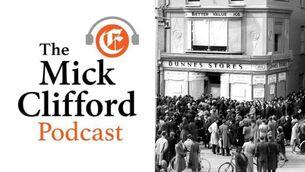Cast in the cauldron of public opinion
THE effects of paranoia and hysteria will be explored in The Crucible, which opens at Cork’s Everyman Palace Theatre on September 26.
This classic Arthur Miller play, written in 1953, is set during the Salem, Massachusetts witch hunts of 1692 and is a chilling allegory of the anti-communist red scare and congressional hearings of Senator Joseph McCarthy in the US in the 1950s.
















